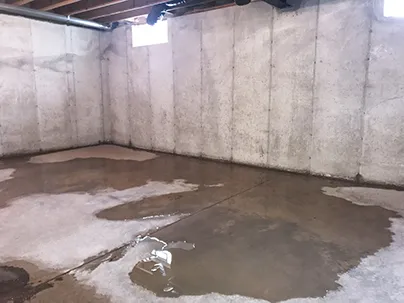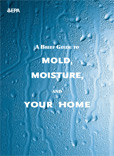How Flood Damage Can Damage Your Foundation

Every year, the entire area of Florida experiences heavy rains and floods whenever there’s a heavy storm or hurricane. Floods can damage your flooring materials, structural wood, and drywall. Or even worse, destroy your house’s foundation. The most critical aspect of holding your foundation together is what secures and keeps it sturdy to withstand the test of However; flooding can shake its core, resulting in catastrophic damages.
It’s therefore essential to be aware of flood damage and what it can cause to your foundation.
Cracks
Cracks are the most common problems any foundation experiences and come in different shapes and sizes. Note that every foundation has minor cracks, which may not cause alarm. However, larger cracks in your foundation may indicate future problems and danger. When minor cracks form after heavy rains, they suggest that the rain waters could be putting pressure on the foundation, making it vulnerable to flood water damage.
Settling and Sinking of the soil under the foundation
Homeowners should never overlook major cracks within their home’s foundation. It could mean that the ground under the foundation has begun to settle and shift. Floods cause uneven land underneath your foundation, resulting in more prominent and visible cracks.
Remember that not seeing large cracks should not make you rule out the likelihood of flood foundation damage. When you see any cracks, it’s a sign of weakness within the foundation, which could mean your foundation is shifting.
It helps to check out for sure signs to avoid further damage:
- Cracking doors and windows
- Separated chimney
- Cracks within the brickwork stairs, ceilings, and drywall
- Jamming windows or doors
Preventing flood damage
Flood damage can be detrimental to your home’s foundation if not realized early. Consider the following precautions to help you prevent water damage:
- Installing foundation vents or sump pump: Doing so helps you control the flow of water through the home, enabling you to get rid of any floodwater within your foundation.
- Installing a gutter system and inspecting your downspouts: Most people wait until the storm’s come to install gutter systems. Instead, you should check your downspouts and ensure they point away from your house. If you don’t install a gutter system before an upcoming storm, you will compromise the integrity of their foundation.
- Getting rid of mulch: Mulch absorbs water which causes the foundation, walls, and siding to rot. So why not keep it away from your home?
- Coating your windows, walls, and doorways: The aim here is to prevent rainwater from finding its way through cracks to your foundation. That’s why you should apply sealants and coat your walls, doorways, and windows.
- Grade the lawn to slope the ground away from home: Flat grounds or Lawns that lean toward your home result in water pooling around your home and which could damage its foundation.
What Now
It’s pretty expensive to repair a displaced foundation. Even worse, you’ll be forced to shelter somewhere else for repairs to take place. Sometimes, foundation damage can lead to massive property damage, injuries, and loss of lives. Reach out to flood damage professionals whenever you notice any signs of flood damage. Besides, it would be best to put up flood damage prevention measures before an upcoming storm to prevent further damage.
If you do have flood damage, don’t wait! Contact a flood damage professional before it turns into a bigger problem.
Google+








